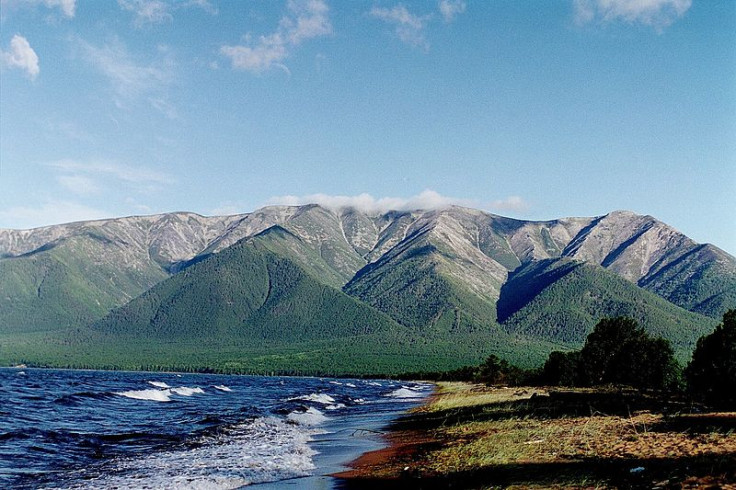Russia's Hidden Treasure: The Mystery of Kolchak's Gold

Divers have begun searching for a £50 billion stash of royal gold in Lake Baikal, the world's oldest and deepest lake located in southeastern Siberia.
Kolchak's Gold, named after the commander of the Imperial Russia Navy Alexander Vasilyevich Kolchak, is thought to have spilled into the lake around 100 years ago.
The gold is a significant portion of the Russian Empire's gold reserve, which came into the possession of Admiral Kolchak during the Civil War. Originally contained in Petrograd, now known as St Petersburg, the treasure was moved to the city of Kazan over fears the city may be occupied by German troops in 1915.
By mid-1918, the State Bank's vaults in Kazan contained over half of Russia's gold reserves. After a short while, the bullion was moved again by the Bolsheviks, who only managed to ship around 100 boxes of the treasure.
In August 1918, the city of Kazan was seized by the Czechoslovakian Legion, along with sections of the Komuch People's Army, an anti-Bolshevik movement during the Civil War.
The gold was brought to the State Bank's Omsk branch later that year. One month afterwards, Admiral Kolchak was declared Supreme Ruler of Russia and from then, the bullion was known as "Kolchak's gold".
The gold comprised coins and ignots, which was valued at around 645.4 million rubles in total. German marks, Spanish alfones, British sovereigns, American dollars, French francs, Chilean condors, Japanese yen and Greek drachmas were found in the hoard.
Where the treasure lies now is still a mystery, however. Divers are investigating Lake Baikal over rumours the gold was buried deep in the sediment after a train derailed into the water.
Another theory suggests troops belonging to the White faction in the Civil War were carrying the gold across the lake, but perished as the temperatures dropped to minus 60C. The gold is said to have sunk to the bottom of the lake in Spring, when the ice melted.
According to another, the gold remains in two sites. One half is hidden in the tangled passages underneath the city of Omsk, where Kolchak's main office was located. The other half is believed to be stashed in Zakhlamino, a nearby village.
Local folklore in the region of Krasnoyarsk, near the Yenisei River, suggests the gold is hidden in a mysterious graveyard where 500 White soldiers are thought to be buried.
© Copyright IBTimes 2025. All rights reserved.




















